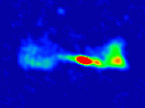
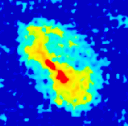
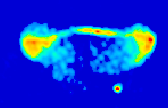
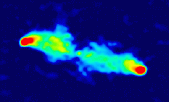
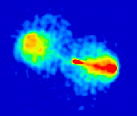

Radio galaxies are created when black holes in active galactic nuclei eject jets of magnetized plasma. The interaction of these jets with the gaseous atmosphere surrounding the galaxy leads to the dramatic radio sources we see. These sources grow and change rapidly over the life of their parent galaxy. Sources we see today span a range of ages, from young to old. Just how they grow, evolve and die is not yet understood. Most models of radio sources consider only the higher-power ones (which were the first to be studied). These models seem fairly successrul; but the sources they describe are not representative of the entire population. A new data set has recently become available through the work of my colleagues, M. Ledlow and F. Owen. These data show a wealth of structure and variety in lower-power objects. It is now clear that the early models were inadequate; we need new directions. One new direction is hinted at by the morphology of these sources. Two morphologies are clearly seen in the data. They are almost certainly the result of two different life-cycles. It may be a question of jet stability: perhaps Type A sources result from jets which have remained stable, while Type B sources results from jets which have developed nonlinear, saturated instabilities. The small images below show examples of each type.
Click on each snapshot for a larger image.
Straight sources: Type A. All show evidence of continuing jets within diffuse, sometimes faint cocoons. They may or may not have strong outer hot spots.
 |
 |
 |
 |
 |
 |
Tailed sources: Type B. All show a dramatic transition at an inner hot spot, where the flow changes from an inner, well-collimated jet to a broader, more diffuse tail.
 |
 |
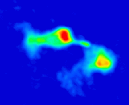 |
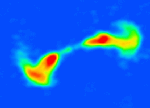 |
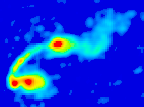 |
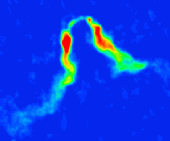 |
![]()
Research
|
Publications
|